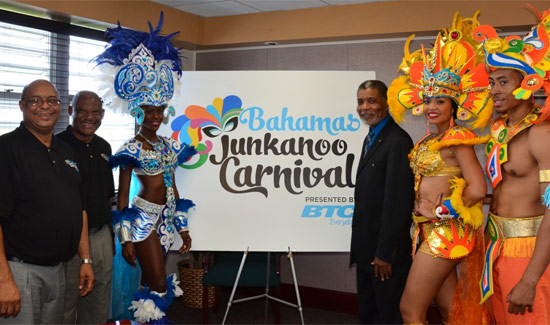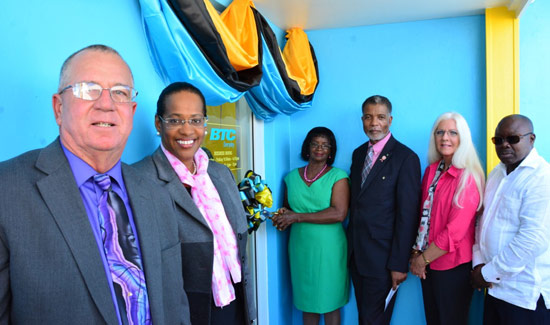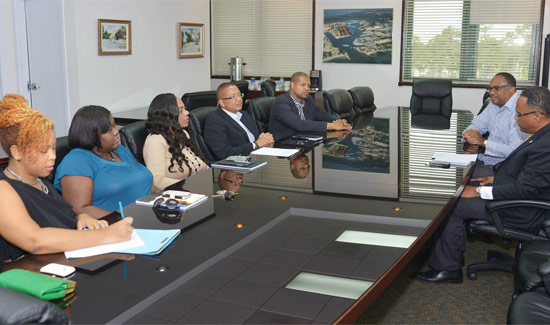It is my hope through my letter to join the discussion on the Bahamas Telecommunications Company (BTC) two percent share transfer, the initial sale and eventual full liberalization of the telecoms sector in the country.
Whether or not you agreed with the sale to Cable and Wireless Communications (CWC), the one thing I believe everyone agreed on is that it had to be sold.
In 2006, the government of The Bahamas embarked on a venture with BTC and a company called Tyco Telecommunications (U.S.) for the Bahamas Domestic Submarine Network (BDSNi). The system connects 16 Bahamian islands in self-healing ring architecture. The network also provides a link from Matthew Town, Inagua, to Port-au-Prince, Haiti.
It was determined that as technology emerged, there was a need to link all major islands of The Bahamas together via a fiber so that all future services and technologies that will ensure growth within The Bahamas will be transported across this new “Roads in the Ocean”. The BDSNi was estimated at a cost of $58.9 million.
There is a second submarine cable called the “Bahama ll” cable or Bahama 2. This cable has a landing at Goodman’s Bay in New Providence and it is the gateway to the entire international world. It terminates in Vero Beach, Florida and cost $26 million.
The reason I chose to elaborate on these two cables in particular is this: They should never have been a part of the assets sold to CWC or any other strategic partner. Both governments (the FNM an PLP) erred in not seeing the need to transfer these assets into a separate holding company owned by Bahamian shareholders to ensure growth and a liberated market.
BTC, sold as it was, has made it extremely difficult for any other operator to come into the market and deploy fiber optic rings around New Providence to operate.
It will be highly unlikely that anyone would want to invest in a market that has fewer than 300,000 mobile subscribers. For the new entrant to deploy services to all the islands, it would need to have access to BDSNi, and to do this it would have to partner with its competitor (BTC) for use of BDSNi and Bahama II.
The cost of setting up mobile coverage towers and sites, core infrastructure and flagship stores will far exceed the entire book value of BTC. It will not be a good business venture for a new entrant to The Bahamas market to try to deploy the fiber optic cable itself or even go to the competitor (BTC) for this service.
The only other option, therefore, would be for this new operator to partner with an existing service provider that has the means of deploying this infrastructure throughout New Providence and the other major islands.
This happens to be Cable Bahamas. Twenty-two percent of its shares are owned by the National Insurance Board.
Aside from the government’s desire to have a two percent transfer of shares to gain control of BTC, it has also discussed the possibility of extending the exclusivity period for CWC.
This within itself would not have any affect on the growth of the CWC asset. In fact, it would set the market backward in terms of international perception. Potential operators would have to decide on several things, including, “Do we want to go into this market to compete with a government-owned service provider?” The government, of course, is also the entity that would need to issue the mobile license.
Why compete with a government that owns 51 percent of BTC and 22 percent of the cable company?
There are many people who have some level of responsibility for what is likely to occur: the Privatization Committee for not doing a thorough due diligence of the selected partner; the former government for not seeking better local and international advice on privatization and Cable and Wireless.
I also blame the regulator, the Utilities Regulatory and Competition Authority (URCA), for not seeing and understanding in its adjudication of the sales agreement that the sale of the company as it was would create an anti-competitive market and prohibit investors from competing in this market.
The Ingraham administration was very adamant that Cable and Wireless, a company with a 140-year legacy, was the best choice to purchase 51 percent of BTC.
Less than three years after the sale we are finding that all around the world Cable and Wireless ceases to exist. There is no longer a presence in the U.K. and Asia Pacific. The only place Cable and Wireless exists today is in the Caribbean and small parts of South America. It no longer possesses the buying power and worldwide clout initially assumed by some. The Bahamas is the only hope for the fallen giant, Cable and Wireless.
By: Concerned Citizen



